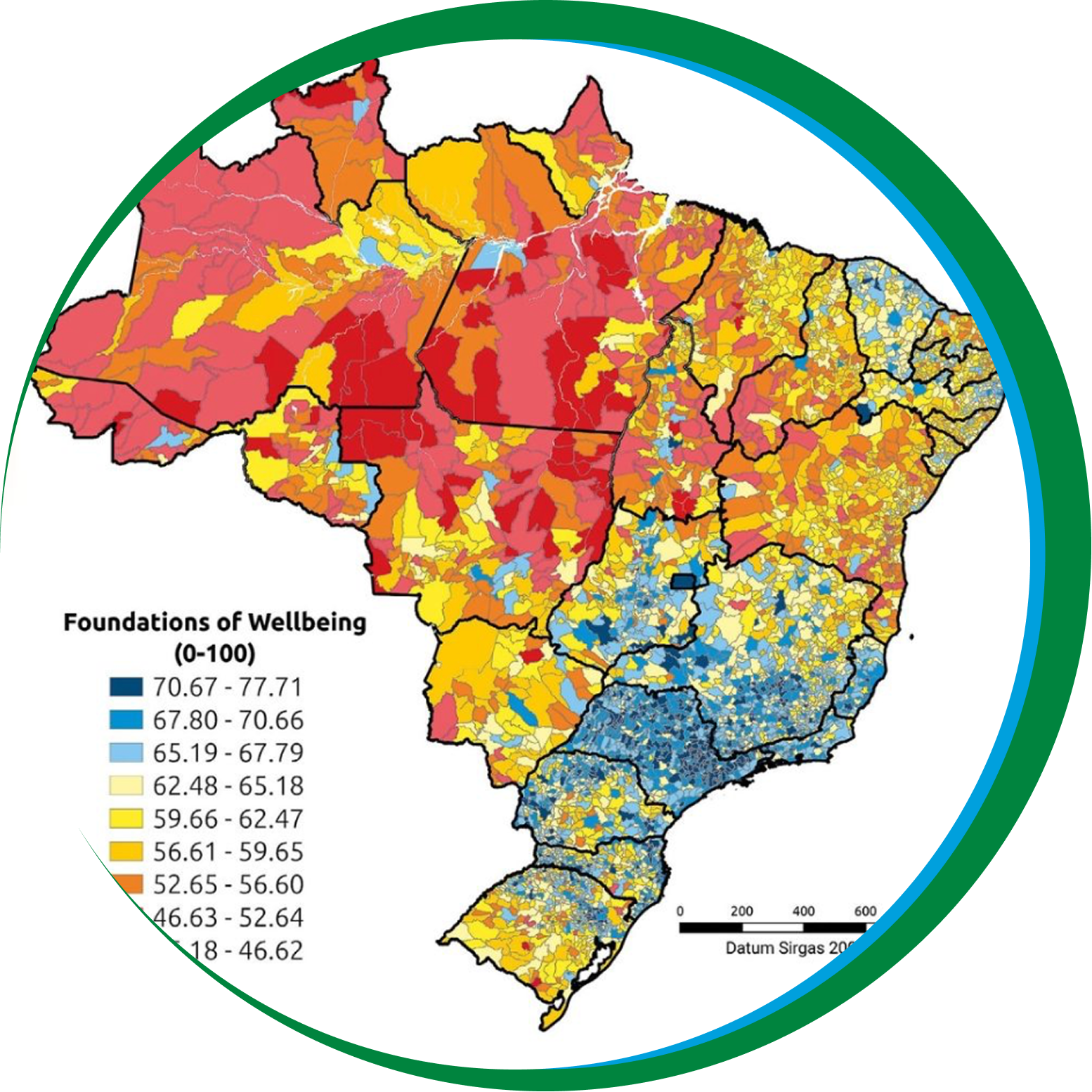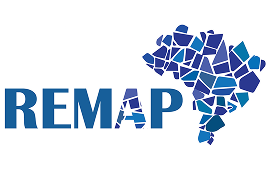We can't find the internet
Attempting to reconnect
Something went wrong!
Hang in there while we get back on track
Platforms and Data

IPS
O IPS Brasil é uma plataforma que apresenta o Índice de Progresso Social (IPS) para todos os municípios do país. O IPS é uma medida que avalia o bem-estar social e ambiental das regiões, considerando aspectos como saúde, educação e qualidade de vida. A plataforma permite comparar o progresso social entre diferentes municípios e monitorar as mudanças ao longo do tempo.
Access
1/11
 PT
PT
 ES
ES
 EN
EN

























